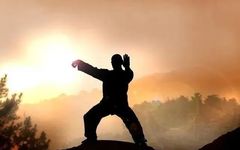The Essence of Tai ChiFollowing Nature’s Way
The saying goes: “Tai Chi is fundamentally natural; human intention should not be forced.” Nature is the lifeline of Tai Chi. The great outdoors is the source of human survival. “The Dao follows nature”; only by acting in accordance with natural laws can one learn and practice Tai Chi well. Tai Chi is a martial art that respects, reveres, and advocates for nature. Its core principle is to align with nature, seeking scientific fitness and self-defense in harmony with the natural world. The ability to follow nature is an important indicator of a person’s level in Tai Chi and the best way to improve the quality of one’s martial arts. Here are a few insights for practitioners to consider.
First, a natural mindset. This means that regardless of one’s position or martial arts skill, one should treat others and all things with a calm, ordinary, peaceful, equal, and harmonious mindset. One should have a correct view of life and good martial ethics, being humble, cautious, magnanimous, respectful of teachers, adhering to laws, keeping pace with the times, and overcoming various mentalities that conflict with the principles of Tai Chi, such as vanity, arrogance, hypocrisy, and deceit. Cultivating the virtue of “sincerity within and trust towards others” allows for harmonious coexistence with society.
Second, relaxation and tranquility. Practitioners should eliminate all distractions from the very beginning, maintaining a calm mind and focused thoughts, free from surprise, joy, sadness, or anger, concentrating on practicing Tai Chi, achieving stillness amidst movement, and remaining calm even while in motion. At the same time, both the mind and body should be thoroughly relaxed, with all joints, ligaments, and muscles in a naturally extended state, free from any constraints or pressure. Only in this way can the joints be flexible, the muscles and ligaments elastic, and the movements steady, dignified, and natural, allowing one to remain composed and unflustered in any situation.
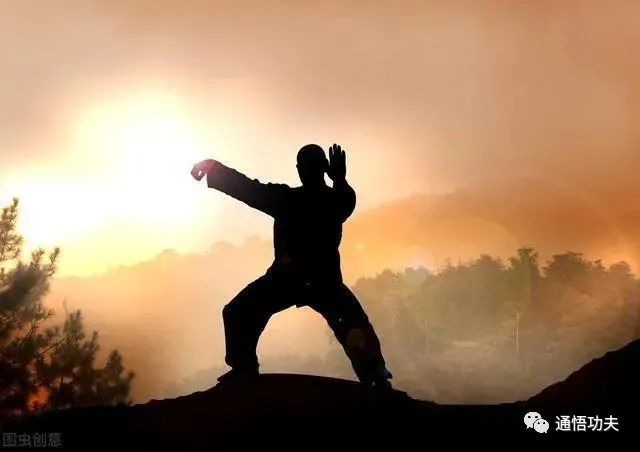
Third, natural techniques.
First, practitioners should progress gradually, avoiding impatience. Otherwise, haste makes waste. The daily practice time and frequency should be determined by one’s own condition.
Second, all movements must conform to human physiological functions. Intent should flow, qi (vital energy) should flow, strength should flow, and form should flow, with all limbs and organs in harmony. The body should be balanced and coordinated, with movements having rhythm, opening and closing in a structured manner, transitions being orderly, and the interplay of emptiness and fullness being natural, allowing for smooth advancement and retreat, with a harmonious balance of hardness and softness. The intention moves the body, the form follows the mind, and the spirit and form unite naturally, freely, without any signs of contrivance or force, maintaining a state of equilibrium between opposing forces.
Third, one must possess a strong will and perseverance, practicing diligently over the long term, regardless of the seasons. It is also important to think, ask questions, observe, and summarize experiences in a timely manner. Understanding and mastering the key movements and offensive and defensive meanings of each posture is essential for proficiency. Mastery leads to vitality, vitality leads to flow, and flow leads to naturalness. “Three days of fishing and two days of drying the net” will not yield good results in Tai Chi practice.
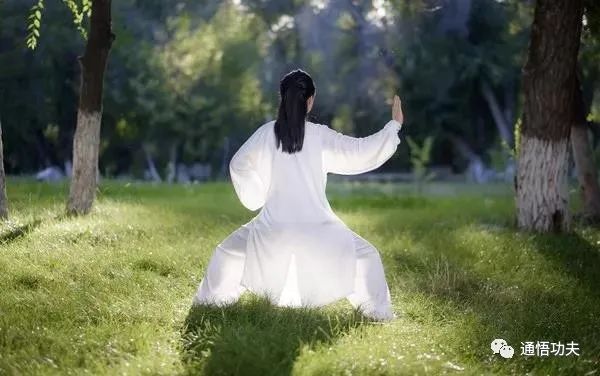
Fourth, natural breathing. Initially, use natural breathing; once movements are mastered, switch to abdominal breathing, closely integrating movement with breath. As movements guide, inhale when necessary and exhale when necessary. Inhale during upward movements and exhale during downward movements, open during inhalation and close during exhalation, and so forth, gradually achieving deep, smooth, gentle, and even breathing, allowing internal qi to permeate the five organs and limbs, settling in the dantian (energy center). Avoid puffing the chest, tightening the abdomen, holding the breath, or producing coarse or erratic breathing.
Fifth, closeness to nature. Maintain a close relationship with the natural world, increasing opportunities for communication with nature. Choose practice locations that are quiet, flat, sheltered from the wind, with trees, water, and ample sunlight, integrating oneself with nature as much as possible.
Practitioners in fresh, gentle air, filled with green vitality and serene beauty, absorb the essence of heaven and earth while cleansing their inner impurities. The unique qualities of Tai Chi—gentle, circular, slow, and continuous—will allow practitioners to unknowingly enter a state of relaxation, joy, and transcendence, truly experiencing the infinite joy of unity with nature, returning to simplicity, and reconnecting with the natural world, which greatly benefits mental purification and physical health.
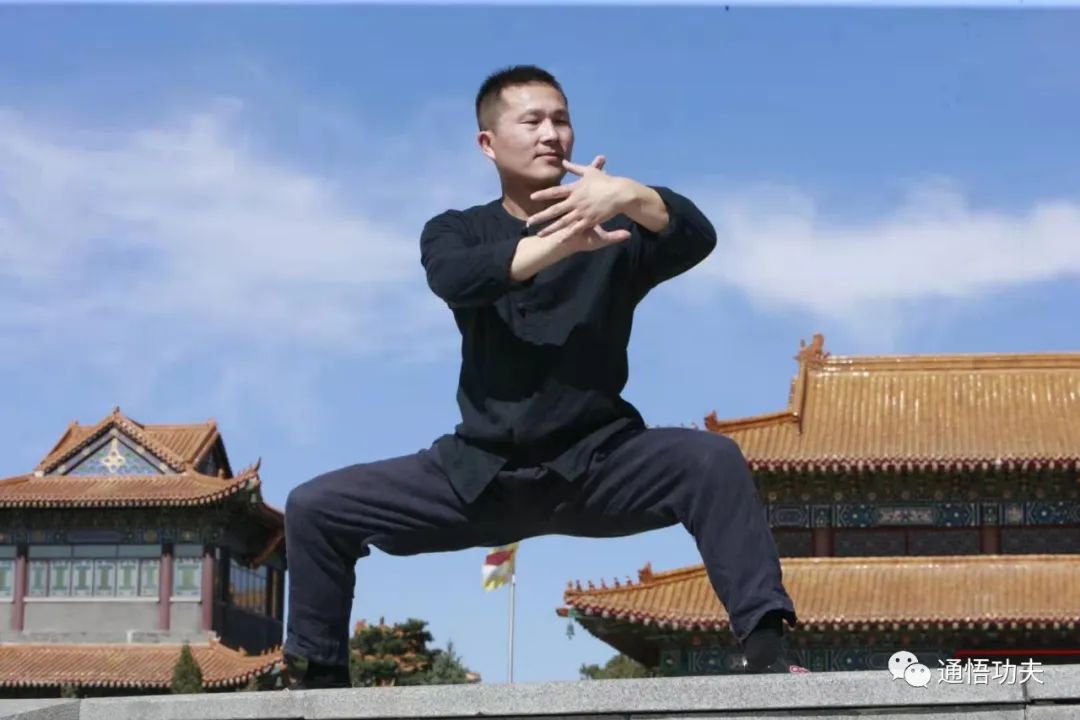
What is the true essence of Tai Chi?

Answer: The integration of skill, technique, and health preservation is the essence of Tai Chi. Tai Chi is a movement of intention, energy, spirit, and form, requiring intention to guide qi, and the unity of intention and energy; using qi to move the body, and the unity of spirit and energy. The heart commands while the qi acts. Internal qi is like water, and intention is like the channel that guides the water; intention leads qi, and thus the water flows. Without a certain amount of water, i.e., internal qi, how can one guide the water to flow? Only with sufficient internal qi can one use intention to guide qi and qi to move the body, allowing intention, qi, and strength to flow naturally. Tai Chi emphasizes cultivating, nourishing, and gathering qi as primary, while guiding, moving, and circulating qi as principles, and strengthening qi and achieving a unified state as the goal. Therefore, practicing Tai Chi begins with cultivating, nourishing, and gathering qi. This is not only necessary for martial arts but also essential for health preservation; the integration of skill, technique, and health preservation is the true essence of Tai Chi. Seeking the state of Wuji (the state of non-being) is to cultivate internal qi, the opening and closing of yin and yang is to circulate internal qi, the folding of the chest and abdomen is to transform internal qi, and the spiraling motion is to unify internal qi. The internal strength of Tai Chi relies entirely on internal qi, and health preservation depends entirely on internal qi.
Anyone who has practiced martial arts, whether self-taught, learned in a martial arts school, or studied with a master in a park, regardless of whether practicing Tai Chi, Xing Yi, or Bagua, must have practiced standing postures, and the first posture may be the Wuji stance. To cultivate skill from the Wuji stance and develop internal strength, one must understand the changes within it; each change corresponds to a type of qi movement, and each movement corresponds to a path of strength. If one cannot pass this stage, one cannot enter the door of Tai Chi. Therefore, the Wuji stance encompasses everything, allowing for countless transformations, beginning and ending in Wuji, emerging from nothingness.
The Wuji stance is
the common foundation of the three internal martial arts,
the mother of all stances, beneficial for cultivating qi and strengthening the body!
Thus, understanding the Wuji stance system is essential; may those destined understand my earnest intentions and gain from it!
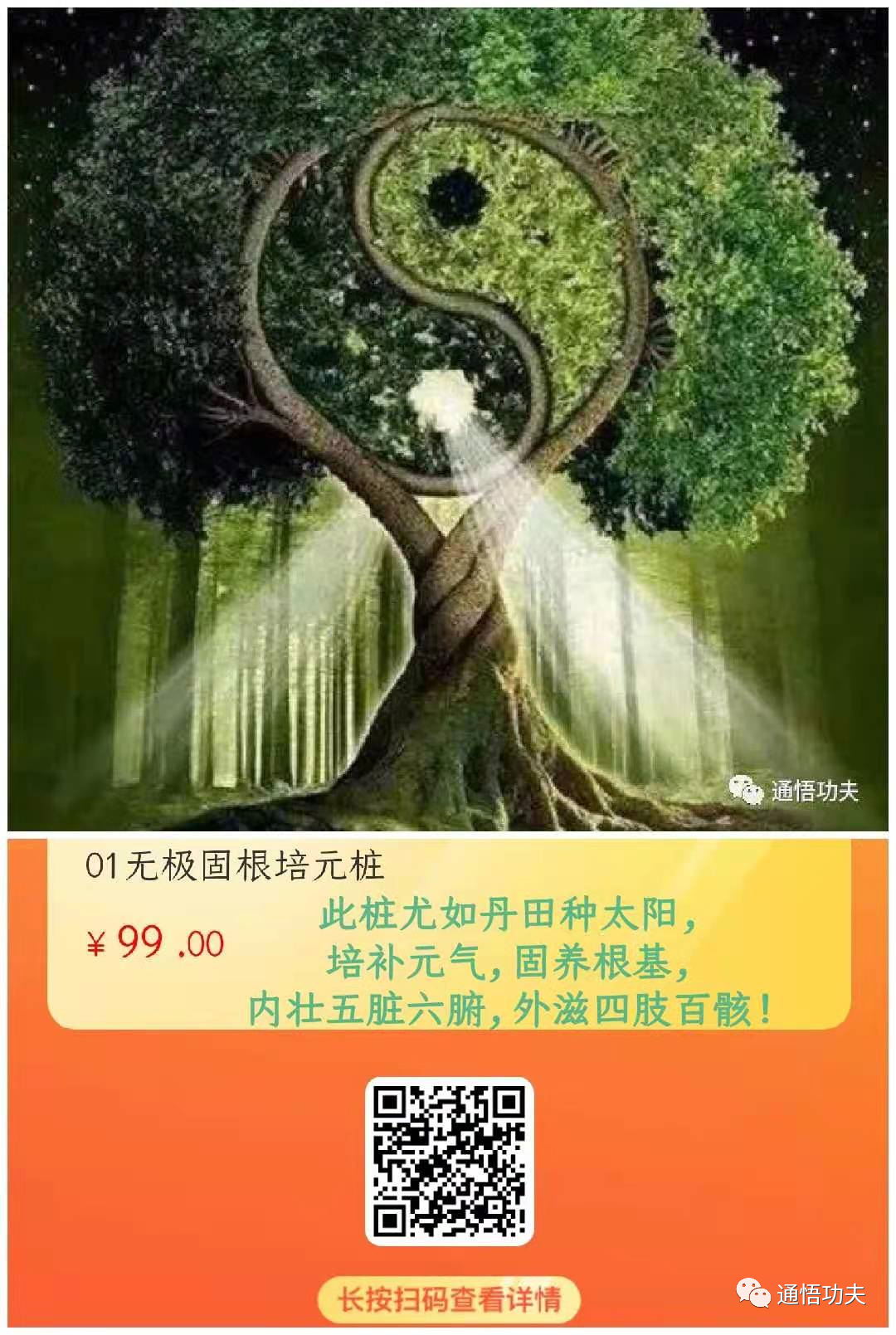
Standing postures are like planting a tree; once the seed is sown, ensuring sunlight and water, the seed will gradually grow into a large tree. This is the true Wuji stance system!
The understanding of the Wuji stance system begins with solidifying the roots and nurturing the essence, gradually adding key points, adjusting each of the twelve major joints, and lifting the tendons of each meridian, allowing the skill to naturally manifest.
Content:
1. Wuji Lowering Qi Stance
2. Wuji Body Binding Stance
3. Wuji Treasure Holding Stance
4. Wuji Ball Embracing Stance
5. Wuji Mind-Spirit Unity Stance.
Although these are just five small movements, they represent a three-step practice method that allows each practitioner to fully experience the changes of relaxation, tension, and movement in the stance! Each movement and stance has its emphasis; for example, relaxation seeks the state of physical and mental health, tension seeks the six-directional force and structural integrity, and movement seeks the state of “giving it your all,” where all body strength enters an effective working state. The three-step method is interconnected, allowing practitioners to achieve health preservation in the most effective way and find the path to internal martial arts! Beginners should start with the physical postures, and with time and practice, they will understand the strength, ultimately grasping the truth, seeking the source, and integrating knowledge to step into a state of spiritual transformation. The myriad transformations of movement and stillness do not depart from the root; wind, rain, thunder, and lightning are all manifestations of spirit, emerging as one true skill.
Initial stage—cultivating essence and nourishing qi, unblocking meridians.
Intermediate stage—practicing qi to transform strength, moving from qi to spirit.
Advanced stage—transforming spirit into sensitivity, achieving transcendence.
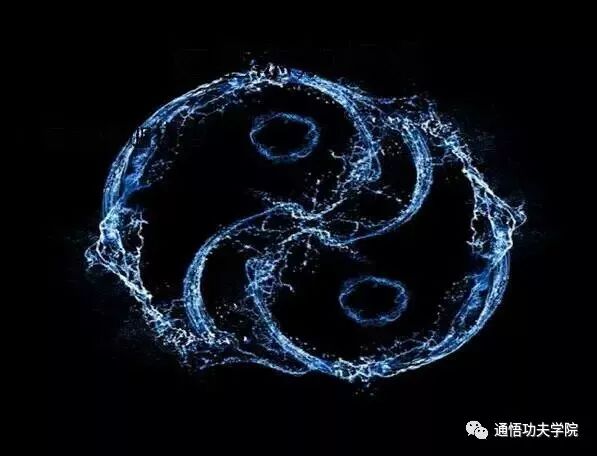
Further Reading:
The best exercise for middle-aged and elderly people is standing postures!
To practice true Tai Chi skills, how can one neglect the tailbone?
Xing Yi’s Three Body Postures: Secret Teachings (for collection)
How to obtain energy in the world?
Internal martial arts cultivation of essence and qi: Is it stealing the yin and yang of heaven and earth?
Sitting practice is fascinating—kneeling sitting practice is even more special.
Practitioners tell you how to resolve sexual desires!
Health preservation classics: Morning food strengthens fire, afternoon releases residual essence, life is short, and yang declines.
Share with friends and care for more people ❤️
Martial arts are shared with those of virtue; grateful for your companionship on the path of cultivation!!!



